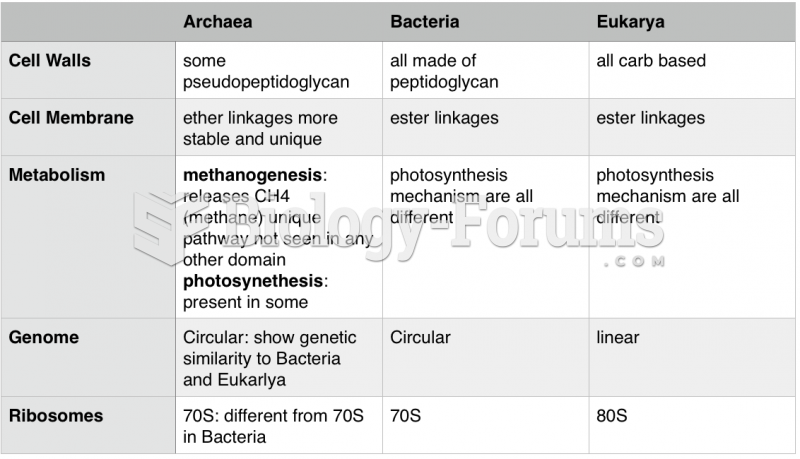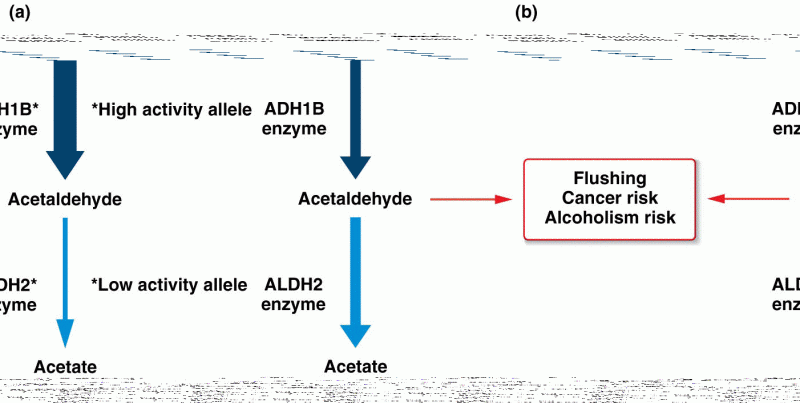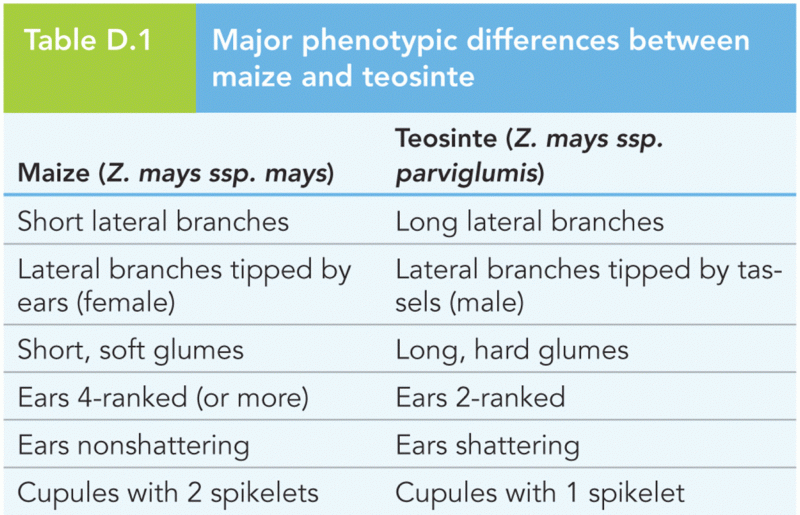Answer to Question 1
Type 1 diabetes (5-10 of cases):
Type 1 diabetes is an autoimmune disorder that attacks the beta cells of the pancreas.
Individuals are dependent on insulin because they do not produce insulin, since their beta cells are destroyed.
Some symptoms are similar to those of type 2 diabetes: e.g., polyphagia, polydipsia, and polyuria (excessive hunger, thirst, and urination).
Diagnosis of type 1 diabetes is similar to type 2 diabetes in that casual plasma glucose is greater than 200 mg//dL, or fasting BG is greater than 126 mg/dL. However, IAA, ICA, and GADA antibodies are usually present with a type 1 diagnosis since it is an autoimmune disease, whereas with type 2 these antibodies are not present.
C-peptide can be used to distinguish type 1 from type 2 diabetes. Low amounts of c-peptide or the absence of c-peptide indicates type 1 diabetes because it confirms that insulin is not being produced by the pancreas.
Absence of insulin causes decreased levels of cellular glucose since insulin is crucial for transporting glucose into the cells. It also causes increased glycogenolysis or breakdown of glycogen because the cells think that they are starving when they cannot uptake glucose. There is also an increase in hepatic glucose production (gluconeogenesis).
Glucose-lowering medications are not effective in treating type 1 diabetes because insulin production is necessary in order for these medications to work.
Type 2 diabetes (90-95 of cases):
Group of metabolic disorders that present with high blood glucose levels, as in type 1 diabetes, along with the similar symptoms of polyuria, polydipsia, and polyphagia.
Non-insulin dependent diabetes that results from peripheral insulin resistance that varies in severity.
There is a defect in the transportation of glucose into the cells, but the pancreas still produces insulin, unlike in type 1 diabetes.
Receptors in certain cells (muscle cells and adipocytes) do not respond to insulin, so glucose cannot be transported into the cell.
Defective insulin secretory response results in excess production of glucose in the liver (GNG).
Type 2 diabetics often take glucose-lowering medications in conjunction with making dietary and physical adjustments to help in controlling blood glucose levels. Insulin is often needed in type 2 diabetics at some point, as the beta cells can become exhausted over time.
Predisposing factors include age, obesity, and lack of physical activity.
Stronger genetic predisposition than type 1 diabetes.
LADA (latent autoimmune diabetes in adults):
Auto-antibodies are present as in type 1 diabetes, but the progression of beta cell destruction is much slower than in type 1 diabetes.
Does not immediately require insulin like type 1 diabetes does (about 6 or more months after diagnosis), although insulin will probably be warranted at some point once the destruction of the beta cells is complete.
- Some consider LADA to be an intermediate form of T1DM and T2DM along the diabetic continuum.
Answer to Question 2
Correction dose = 1800/TDD
1800/33 = 54.00; 1 unit of Apidra will lower her blood glucose by 54 mg/dL.
240 180 = 60 so her correction dose would be 1 unit of insulin in addition to her mealtime insulin.







